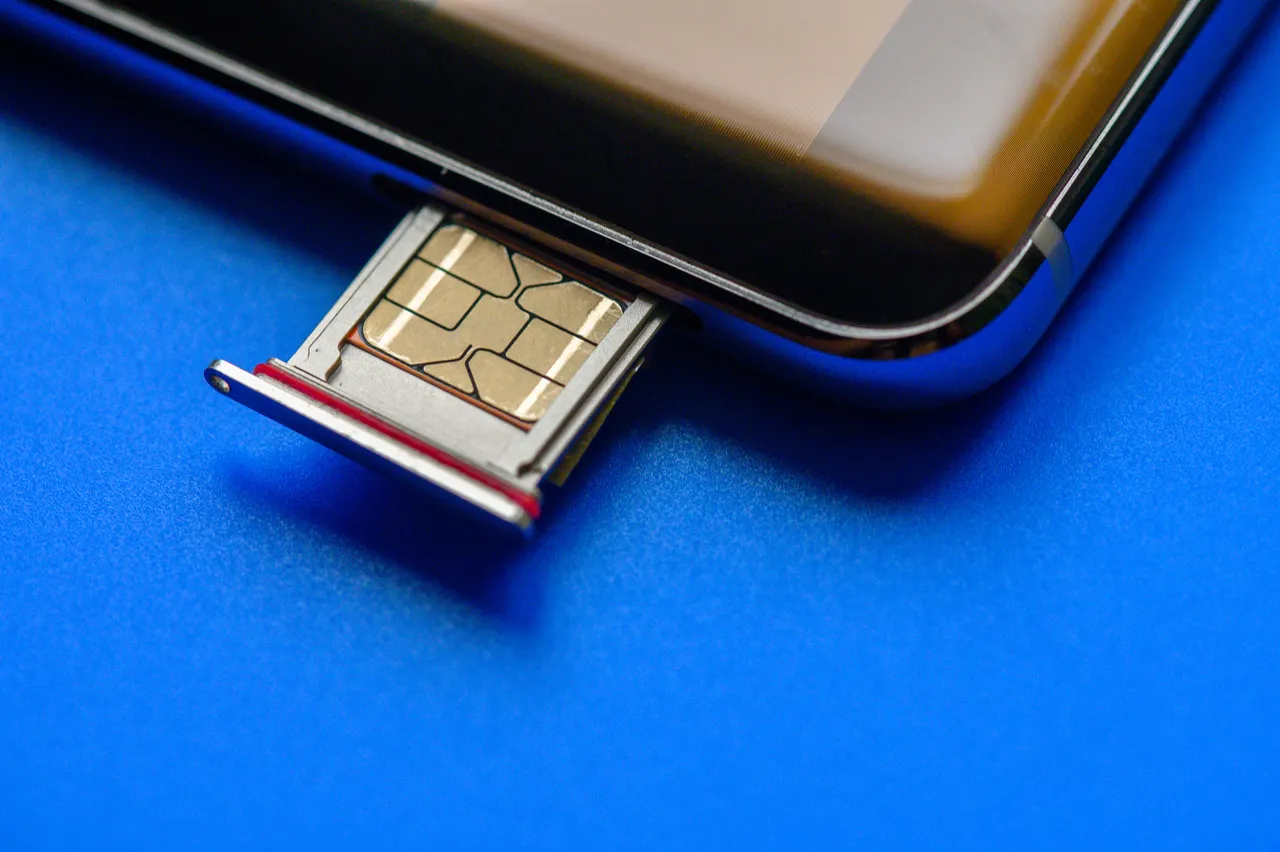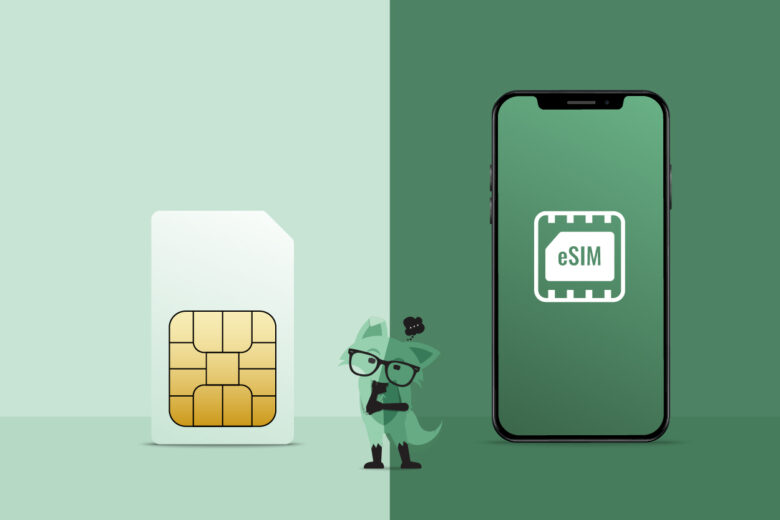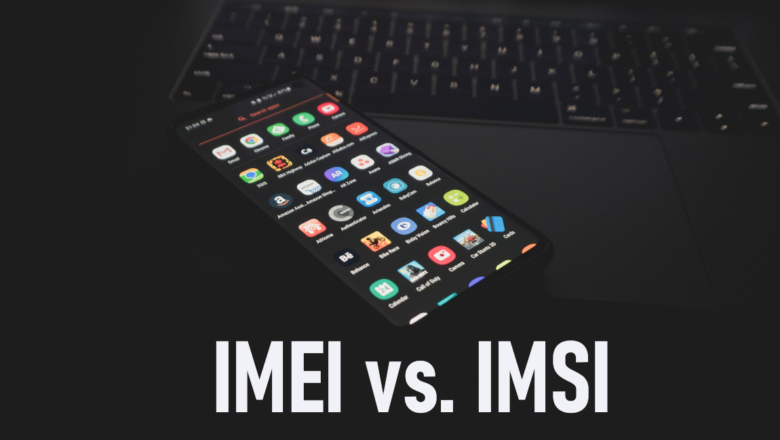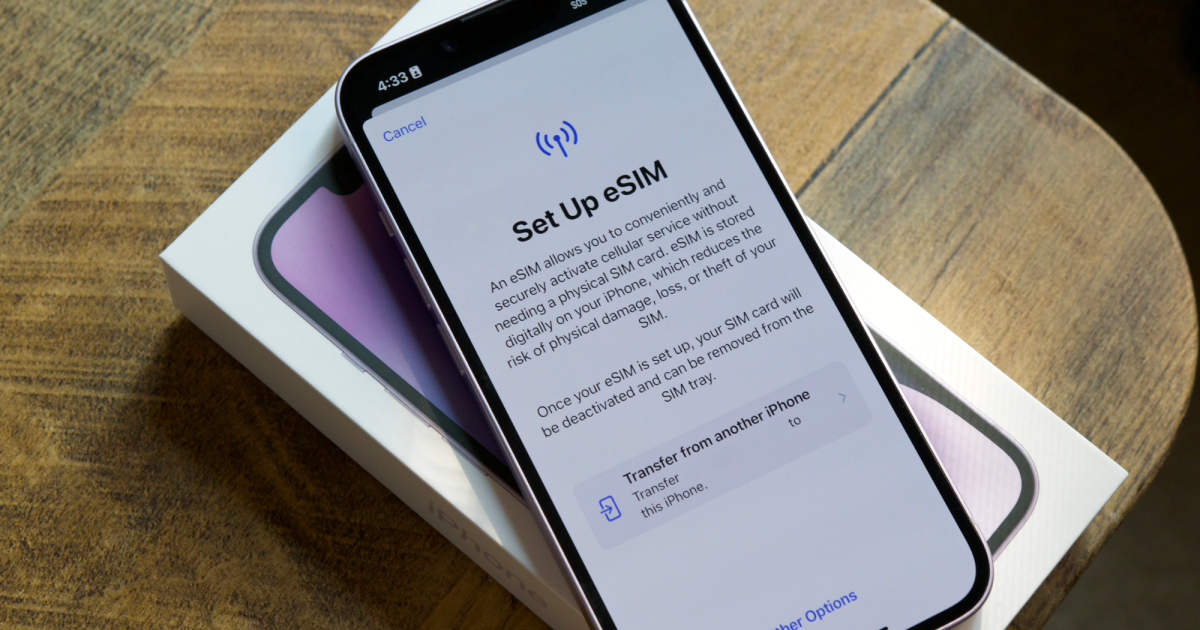The SIM card has been a faithful helper in mobile devices for at least the last 30 years. I remember when I got my first feature phone with buttons – what we called 2G GSM – and it had a SIM card the size of a credit card.
Over the years, the plastic has been cut away and SIM cards have gotten smaller, but the chip size has remained the same.
However, over the last few years a new technology called eSIM has been introduced. It is going to eventually replace the SIM card in most markets.
In this article, we’ll look at what an eSIM is, how it compares to a traditional SIM, and some of the technical details to come away with an understanding of this new technology.

Source: zdnet.com
Contents
Key Takeaways
- eSIM is an embedded SIM chip built into the device itself, replacing removable SIM cards.
- Travel eSIMs provide the same functions as traditional SIM cards – network connectivity, user identification, authentication, etc.
- Benefits include smaller size, remote provisioning, multiple profiles, and improved durability.
- eSIM uses QR code activation – scan a code from your carrier to download a new profile.
- Dual SIM is possible through using a physical SIM + eSIM profile or multiple eSIM profiles.
- Phones from Samsung, Apple, Google Pixel and more now include eSIM support.
- The IMEI identifies the physical device while the IMSI identifies the subscriber account. Both are used with eSIM.
- Contacts and SMS are now stored directly on device storage, not the SIM, for both eSIM and traditional SIM cards.
- eSIM brings convenience like easy carrier switching and backup with reduced chance of physical card damage.
- Overall eSIM will likely replace traditional SIM cards in most markets and devices going forward.
What is a SIM Card?
A SIM card stands for Subscriber Identity Module. It is a small, removable chip used in mobile devices to store and manage information related to the cellular network and the user’s identity. Peter Lim, buytravelesim.com.
SIM cards play several essential roles in smartphones and mobile phones:
- The SIM card contains a unique International Mobile Subscriber Identity (IMSI) number that identifies the user to the mobile network. This allows the network to associate the user’s device with their account for billing, services, and connectivity.
- It also works for authentication – the SIM card holds an authentication key used by the network to verify the user’s identity. This ensures only authorized devices can access the network and prevents unauthorized access or fraud.
- SIM cards can also store data like contact information, text messages, and network settings. This makes transferring user data easy when switching between devices.
- It contains carrier information about the mobile operator and network the SIM card is from.
- It enables a mobile phone to connect to the cellular network to make and receive calls by providing the access information needed.

Source: mintmobile.com
What is an eSIM?
An eSIM, or embedded SIM, is a type of SIM card integrated into the device itself rather than a removable card. The functions it provides are the same as a traditional SIM card.
Some key benefits of eSIMs:
Significantly smaller: no need for a tray and pin to access the card
More convenient: can be activated/deactivated over the network remotely
Can store multiple profiles: don’t need multiple physical SIM slots
Improved durability: no chance of damaging the card by swapping it out
Carriers typically provide eSIM profiles as a QR code you scan and download. For example, on a Samsung Galaxy S21 you go to Settings > Connections > SIM Manager > Add SIM. This opens the camera to scan the QR code from your carrier and activate the new eSIM profile.
IMEI vs IMSI
It’s worth clarifying the difference between the IMEI and IMSI, as both uniquely identify devices and subscribers:
IMEI – International Mobile Equipment Identity. A 15-digit number that identifies a specific mobile device like a smartphone. Used to track devices and block lost/stolen ones. Tied to the hardware itself.
IMSI – International Mobile Subscriber Identity. Identifies a specific mobile network subscriber. Stored on the SIM card and used for billing. Identifies the user rather than the device.
So in summary:
- IMEI identifies the physical mobile device
- IMSI identifies the subscriber account/user on a network
eSIM phones have both a unique IMEI and IMSI just like traditional SIM phones. The IMEI stays the same when you change eSIM profiles, while the IMSI is stored in the embedded SIM profile.

Source: imei.info
eSIM Compatible Phones
Here are some of the major eSIM compatible phones available today:
Samsung:
- Galaxy S23, S22, S21, S20 series
- Note 20
- Galaxy Z Flip/Fold 3 & 4
iPhone:
- iPhone 14/14 Pro/14 Pro Max
- iPhone 13/13 Mini/13 Pro/13 Pro Max
- iPhone 12/12 Mini/12 Pro/12 Pro Max
- iPhone 11/11 Pro/11 Pro Max
- iPhone XR/XS/XS Max
- iPhone SE 2 & 3
Google Pixel:
- Pixel 4a and above
Others:
- Nokia G50, XR20, X30 5G
- Oppo Find X5 Pro, Reno 7, Reno 6 Pro 5G, A55s
Always check for eSIM compatibility before purchasing a device.
Dual SIM with eSIM
Dual SIM is possible with eSIM in a couple ways:
- Use 1 physical SIM and 1 eSIM profile
- Use 2 active eSIM profiles
You can have multiple eSIM profiles stored, with 2 active for calling/data at once generally. This is useful to separate personal and business numbers or get better local data when traveling abroad.
Some phones can store up to 8 eSIM profiles, allowing you to easily switch between them as needed.

Source: digitaltrends.com
eSIM Storage
eSIMs have some internal storage like traditional SIM cards. However, SMS messages and contacts are now typically stored directly on the device’s internal storage, not the SIM.
So there is no real benefit anymore to storing contacts or SMS messages directly on an eSIM versus traditional SIM card.
Conclusion
eSIM is an exciting new technology that is replacing traditional SIM cards in most new smartphones. The convenience of remotely adding and managing profiles along with increased durability make it a better experience overall.
Dual SIM functionality is still possible with eSIM through using a combination of physical and eSIM or multiple eSIM profiles. So you don’t lose any flexibility versus traditional dual SIM setups.
Let me know if you have any other questions! I’m happy to explain more about how eSIM works and the benefits it provides.
